
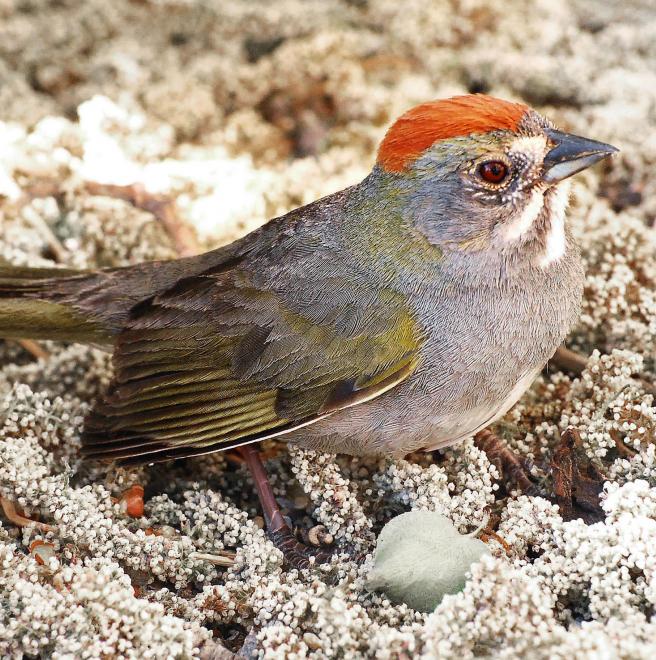
Olive green on top with a rusty crown, this unique species may be found on or near the ground in brushy areas on mountains or plateaus. Audubon’s climate model predicts a troubling situation in the summer season; an 82% decrease in areas with proper climate is projected, presumably as they are forced up in elevation and into smaller and smaller areas by drier and hotter conditions below. Only 11% of the current range may remain in needed climate space. Things look less dire in winter, though many Green-tailed Towhees winter in Mexico and thus the big picture in that season is less clear.
Explore more birds threatened by climate change around the country.
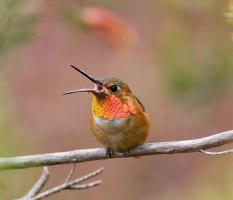
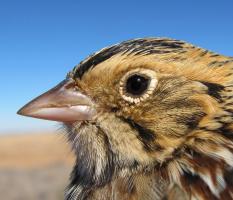
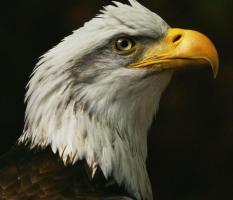
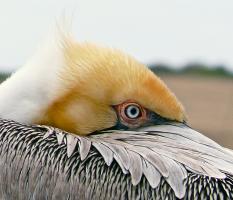

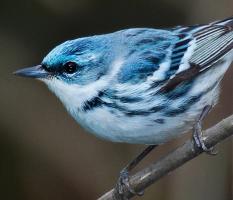
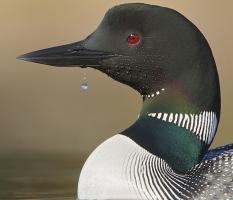
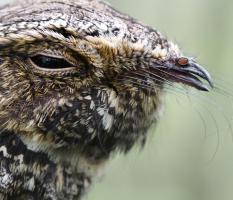





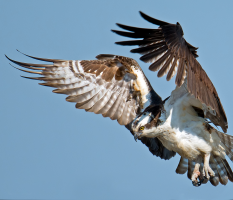
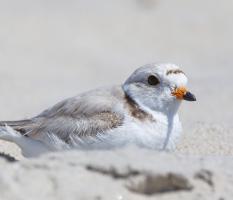

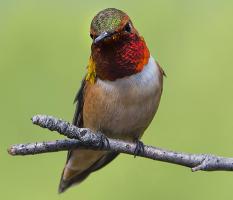

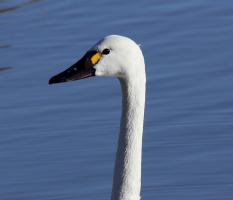
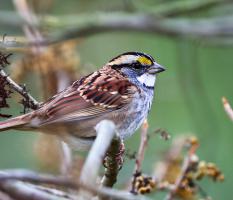

It's easier than you think to make a difference. Become an Audubon member today to help birds facing climate change.